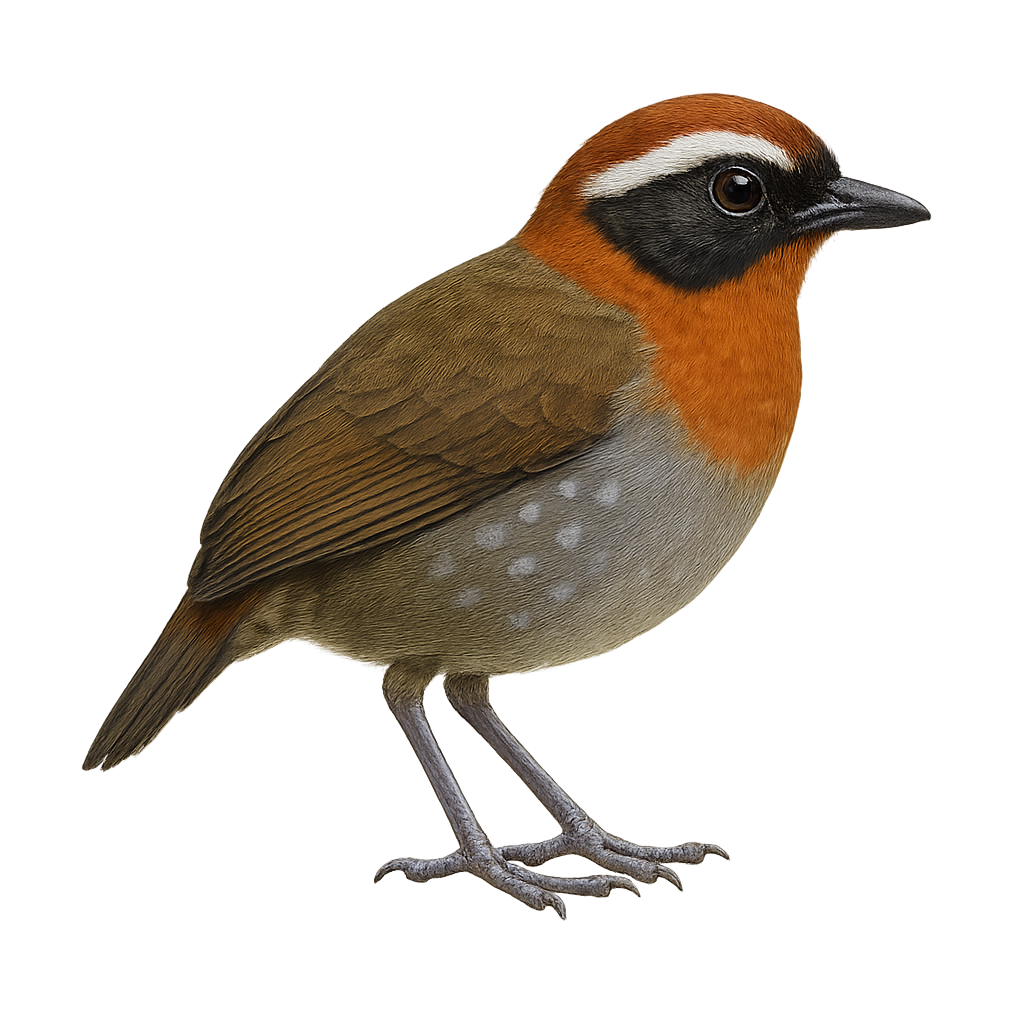Your wildlife photography guide.
Explore the black-cheeked gnateater in detail, study its behavior, prepare your shots.
Where to observe and photograph the black-cheeked gnateater in the wild
Learn where and when to spot the black-cheeked gnateater in the wild, how to identify the species based on distinctive features, and what natural environments it inhabits. The WildlifePhotographer app offers tailored photography tips that reflect the black-cheeked gnateater’s behavior, helping you capture better wildlife images. Explore the full species profile for key information including description, habitat, active periods, and approach techniques.
Black-cheeked Gnateater
Scientific name: Conopophaga aurita

IUCN Status: Least Concern
Family: CONOPOPHAGIDAE
Group: Birds
Sensitivity to human approach: Suspicious
Minimum approach distance: 10 m
Courtship display: September to October
Incubation: 17-19 jours
Hatchings: October to November
Habitat:
Humid tropical forests, dense undergrowth
Activity period :
Primarily active during the day, with peak activity in the morning and late afternoon.
Identification and description:
The Black-cheeked Gnateater is a small bird in the Conopophagidae family, primarily found in the humid tropical forests of South America. It is recognizable by its brown and black plumage, with distinctive markings around the eyes that resemble ears, hence its name. This discreet bird prefers dense undergrowth where it primarily feeds on insects. Its modest size and discreet behavior make it difficult to observe. It is often heard before being seen, thanks to its characteristic song. Although not currently threatened, deforestation poses a potential threat to its natural habitat.
Recommended lens:
400 mm – adjust based on distance, desired framing (portrait or habitat), and approach conditions.
Photography tips:
To photograph the Black-cheeked Gnateater, it is advisable to use a telephoto lens of at least 400mm to capture detailed images without disturbing the bird. Look for it in the dense undergrowth of tropical forests where it often hides. Be patient and listen for its distinctive song to locate its position. Natural morning or afternoon light is ideal for capturing vivid and natural colors. Use a tripod to stabilize your camera and avoid motion blur.
The WildlifePhotographer App is coming soon!
Be the first to explore the best nature spots, track rutting seasons, log your observations, and observe more wildlife.
Already 1 430 wildlife lovers subscribed worldwide

